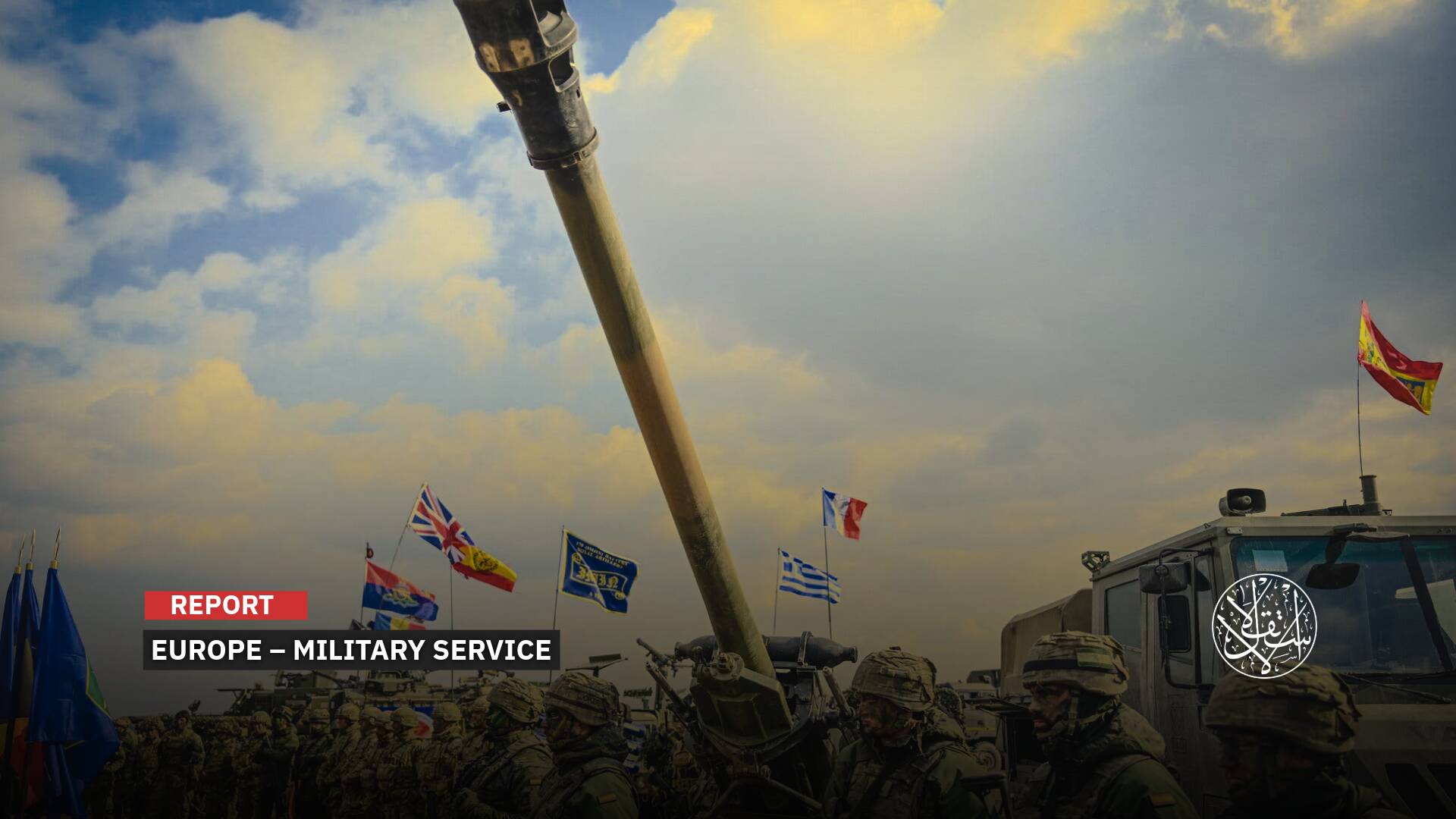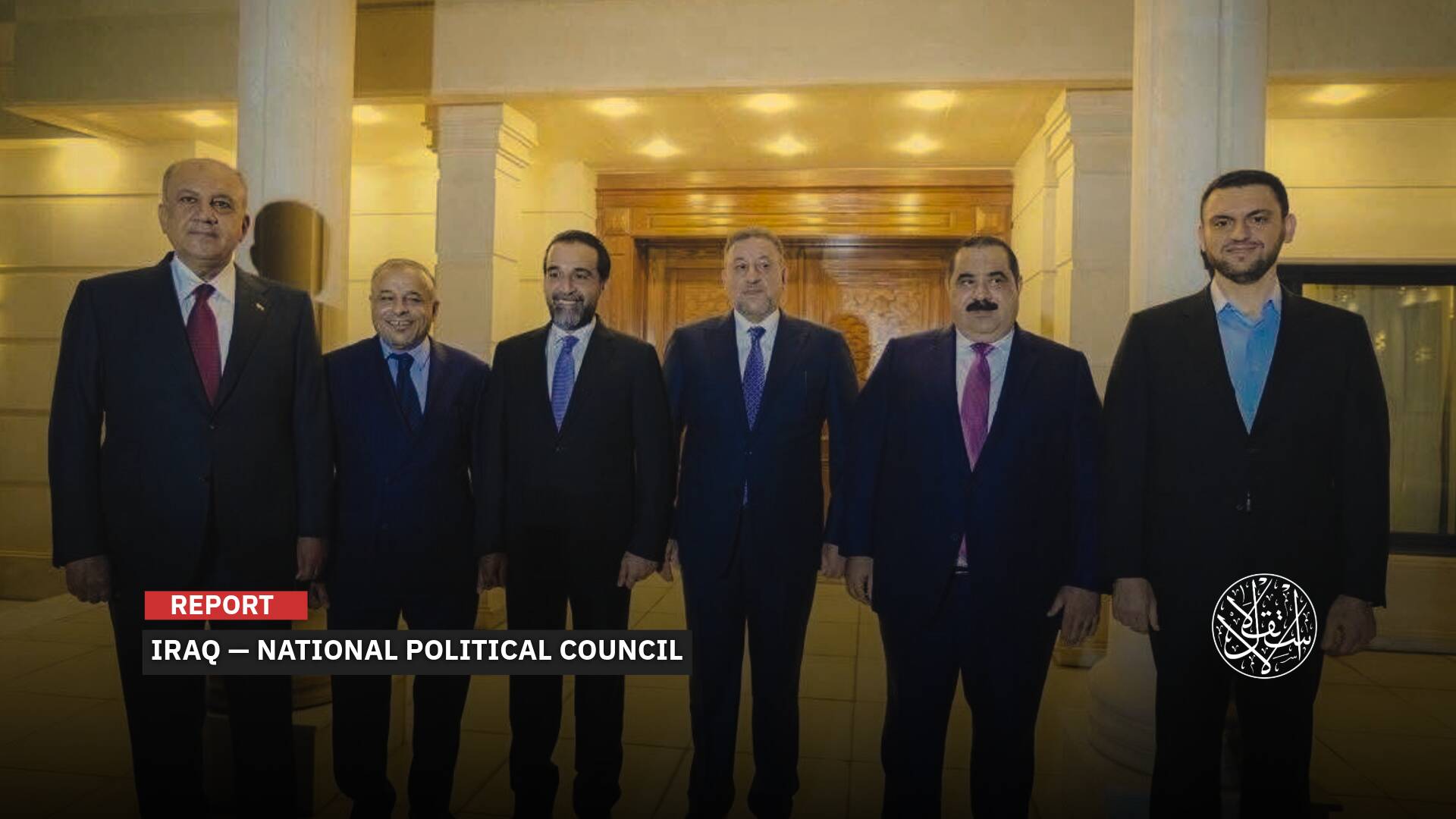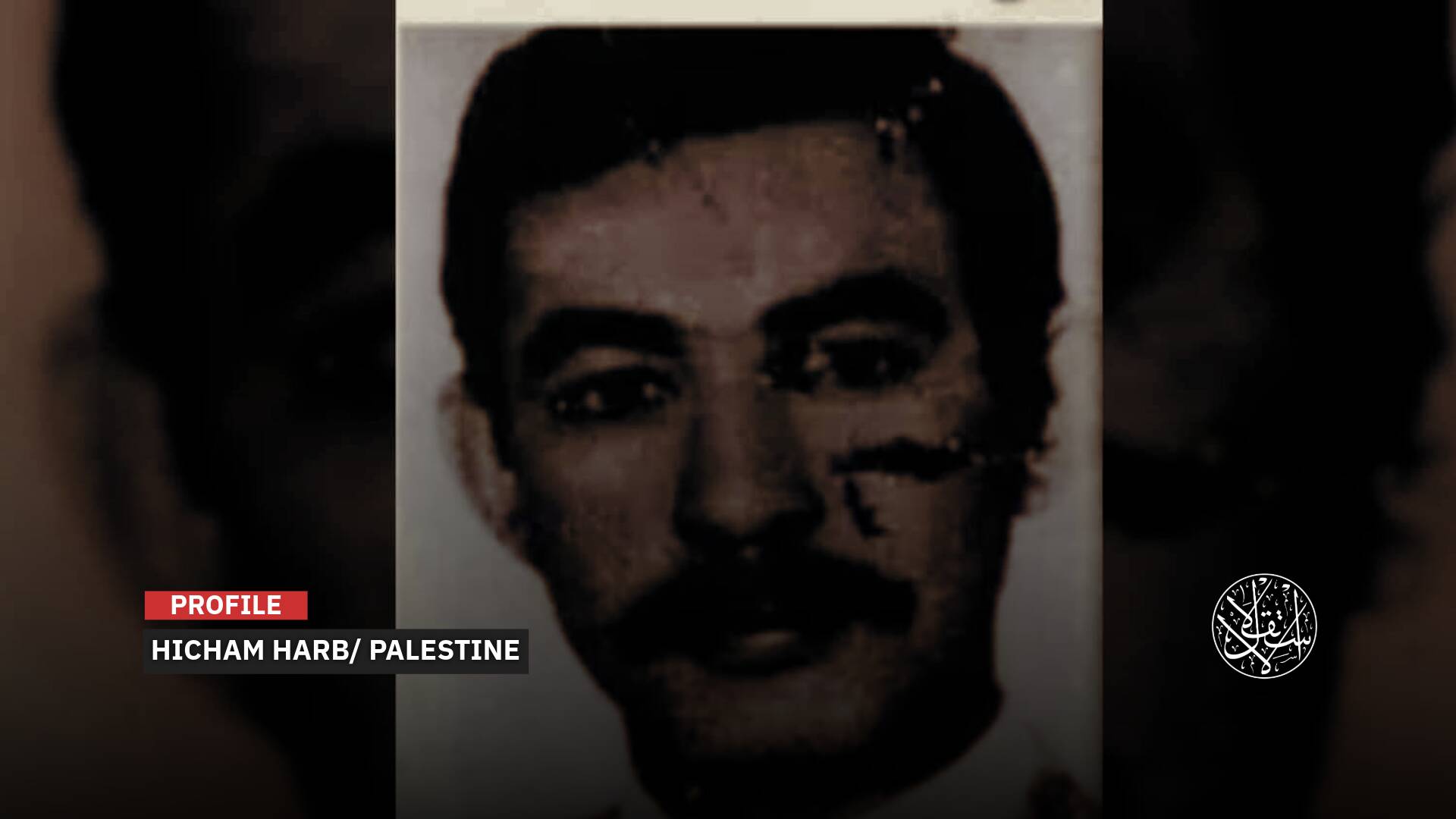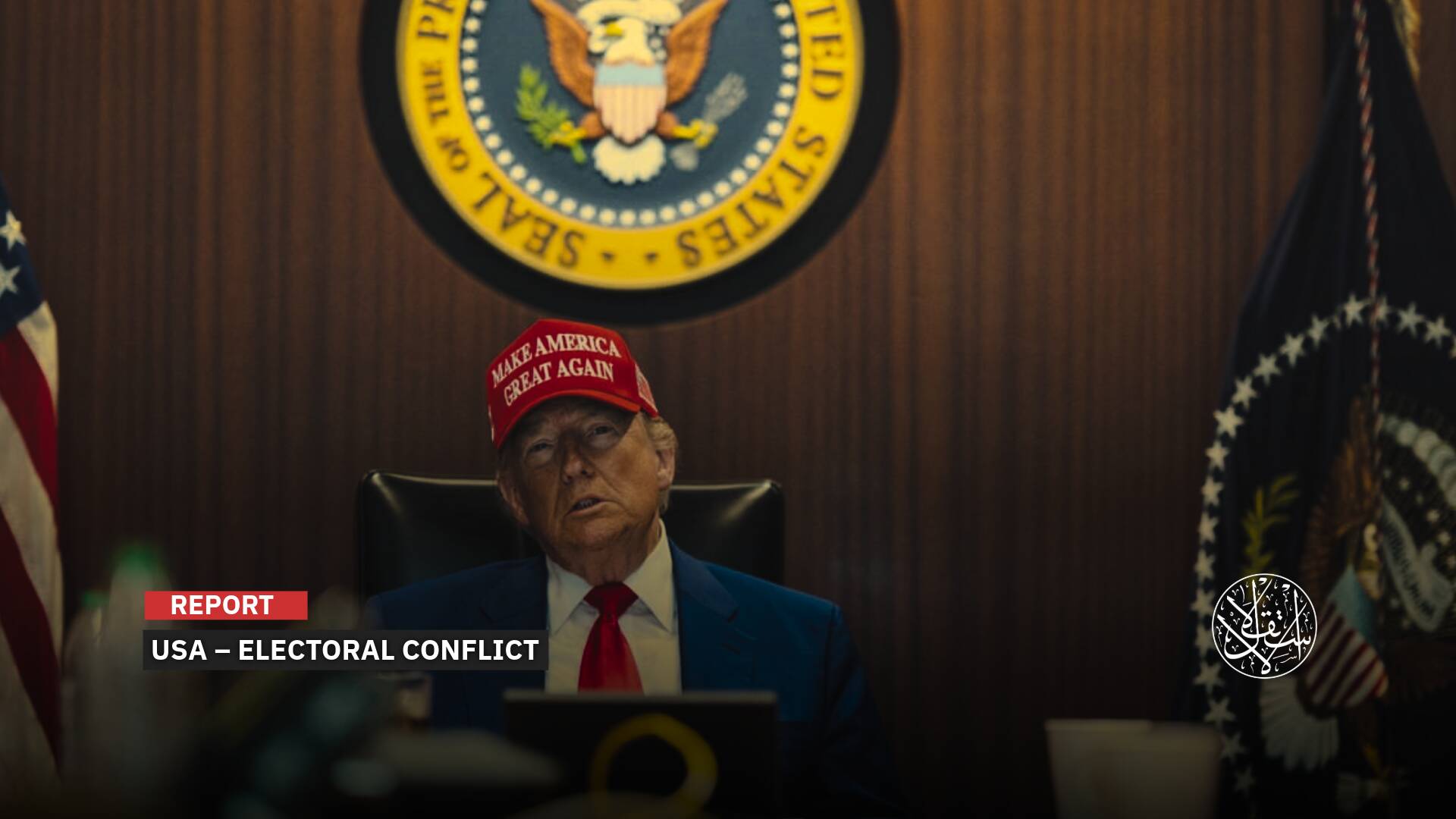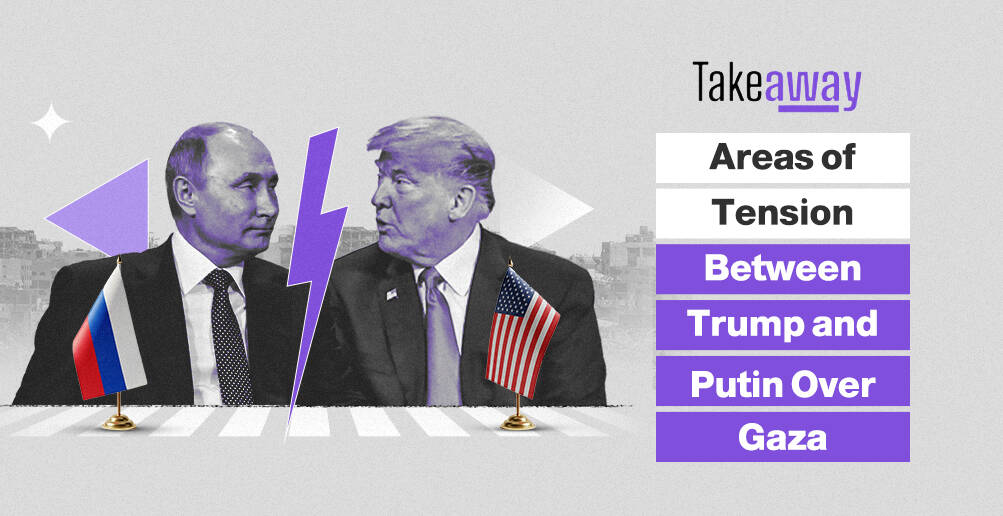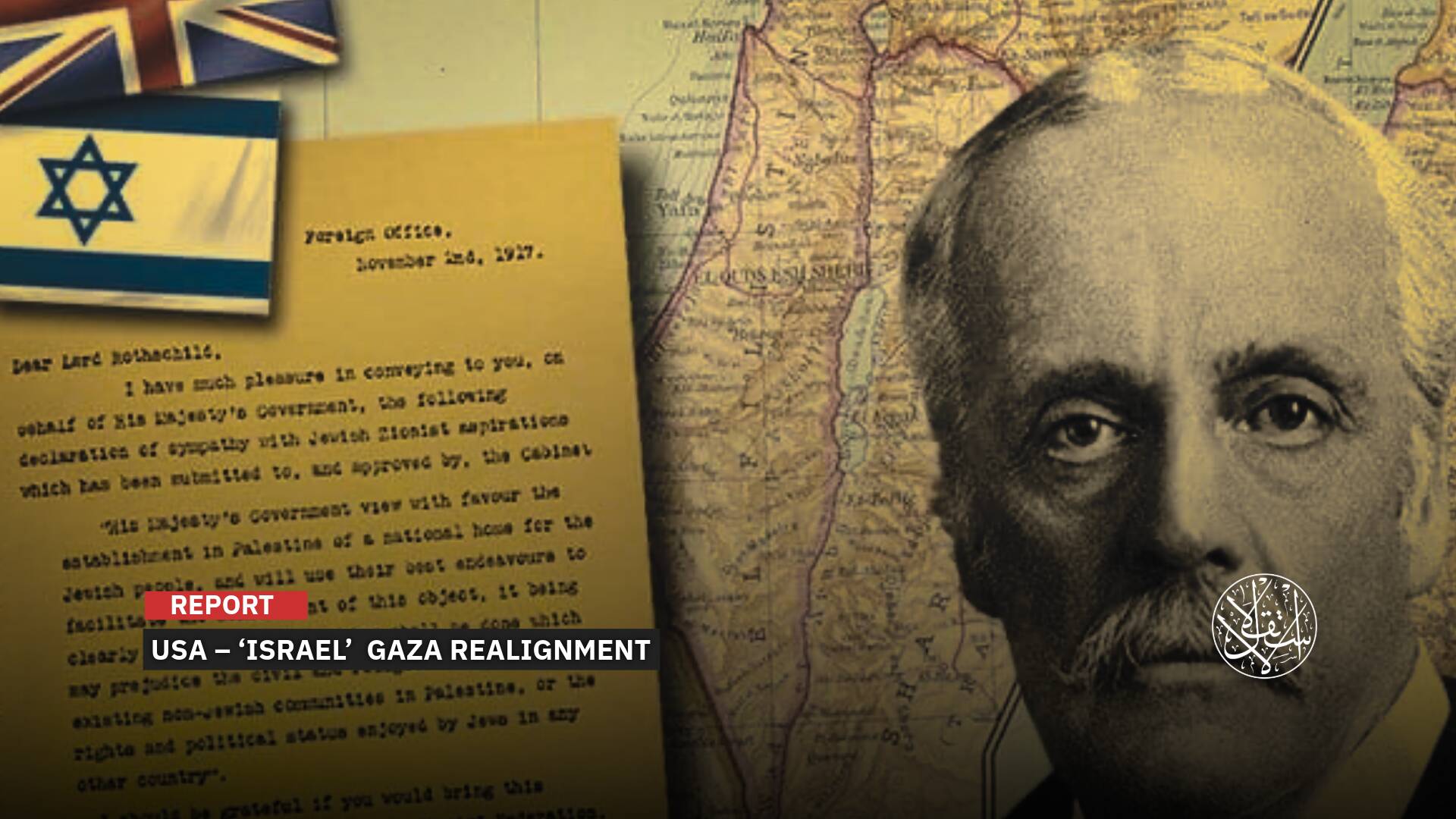Why US Muslim Students Feel Unsafe and Unwelcome at Schools?

Highlighting the ongoing problems facing Muslim American students who are still facing different types of bullying and intimidation, the largest Muslim civil rights and advocacy group in America, the Council on American-Islamic Relations (CAIR), asked 700 Muslim students in California schools about their experiences with bullying and Islamophobia.
The survey found that 47.1% of them faced bullying because they are Muslims, and that 55.73% felt unsafe, unwelcome, or uncomfortable at schools because of their religious identity.
In fact, CAIR’s latest report indicates the highest level reported since CAIR began conducting surveys in 2013.
In the last two decades, Islamophobia has become mainstream in the West, particularly in America in US public schools, CAIR said it is a prevalent and ongoing problem.
So CAIR’s latest report was to understand the extent to which Islamophobia manifests itself in US schools environment in the form of bullying and discrimination.
As such, the Council on American-Islamic Relations focuses on anti-Muslim bullying including unwanted and aggressive behavior among American students “or perpetrated by educators and administrators that involves a real or perceived power imbalance based on the student’s Islamic faith,” according to CAIR California.
Islamophobic Bullying
CAIR, the Council on American-Islamic Relations, conducted a survey asking 700 Muslim students in schools in California to found high levels of Islamophobic bullying, harassment, and discrimination by peers and adults, including teachers.
The survey was conducted by Amr Shabaik, the civil rights managing attorney for CAIR’s California chapter.
“Muslim students of all ages have been ostracized and mistreated in the past because of their faith and perceived, yet clearly false, association with 9/11 and other acts of terrorism,” said Shabaik.
He also told Anadolu Agency that “often, such events manifest in the form of bullying by other students, lack of preventative and reporting measures by school officials, and insufficient training for educators as to how to mediate or de-escalate religious, racial and ethnically-charged bullying.”
According to the report, about 47.1% of the students said they were bullied for being Muslim.
More than half of respondents, about 55.73%, reported they are feeling unsafe, unwelcome, or uncomfortable at school due to their Muslim identity, and this the highest level since 2013 when CAIR-California started conducting surveys.
Harassment And Bullying
“I was constantly called Osama bin Laden by the same guy who would tell me that I looked Bomb with a big emphasis on the word bomb,” said an 18-year-old female student from Brentwood who was among those interviewed for CAIR survey, referring to the ringleader behind the September 11, 2001, terrorist attacks.
According to the CAIR report, about 30.12%, it means one in three students, who wear a hijab said that it was tugged at, pulled, or offensively touched.
“People have verbally abused me for being Muslim,” a young woman, 18, from Redwood City told the survey. “[They] mocked me and Islam and I have had my hijab pulled off by a classmate for no reason.”
As claimed by the report, nearly one-third of students experienced or witnessed cyberbullying. The disturbing findings indicate that nearly one in four students who were asked about bullying, 23.50%, said a teacher, administrator, or other adult at their school made offensive comments about Islam or Muslims.
“A 16-year-old female public school student from Orange County reported that her ‘teacher attacked [her] in front of [her] class,’” said Shabaik. “Saying things like ‘terrorist’ and ‘you don’t belong here,’” he added.
Psychological Scars
The associate director of Rice University’s Boniuk Institute for Religious Tolerance, Professor Zahra Jamal, warned that discrimination against Muslims in general rose to more extreme levels after the 2001 attacks in the US, in her interview with Anadolu Agency, she said that “Islamophobia has been in existence for centuries,” adding that, “after 9/11 and the rise of the Islamophobia industry, negative portrayals of Islam and of Muslims became more mainstream and codified in media, law, politics, education.”
“This has undoubtedly played a role in Muslim students’ experiences with bias and discrimination,” she told the agency.
Bullying and racism at schools have far-reaching effects including emotional, physical, and even social consequences, according to her.
“Some young Muslims experience anxiety, depression, insomnia, and low esteem, while others feel they must choose between being American or Muslim at school,” she said, citing the survey.
These negative effects persist even after the abuse has stopped; they are actually linked to a large range of physical, mental, social, and economic challenges in adulthood.
“Sadly, 55 percent feel unsafe at school because of their faith…32% percent hide their Muslim identity, and 20 percent skip school because they feel unsafe and unwelcome at school.”
Jamal stressed believes that the culture of stereotyping Muslims as terrorists and bombers needs to change and this would be through education which actually in schools where young learners are supposed to learn about cultural diversity and how people accept each other whatever their skin colors or religions are.
“It is factually and ethically wrong because it perpetuates a ‘clash of ignorance’ between Muslim and Western societies,” she said.
“Rather than learning from, respecting and engaging our God-given differences, people are increasingly divided over them. We desperately need to fill these knowledge deficits.”
“As a world, we are diverse but divided,” she said. “We need to recognize that discrimination against Muslim school children is part of broader national and global trends,” she added.





